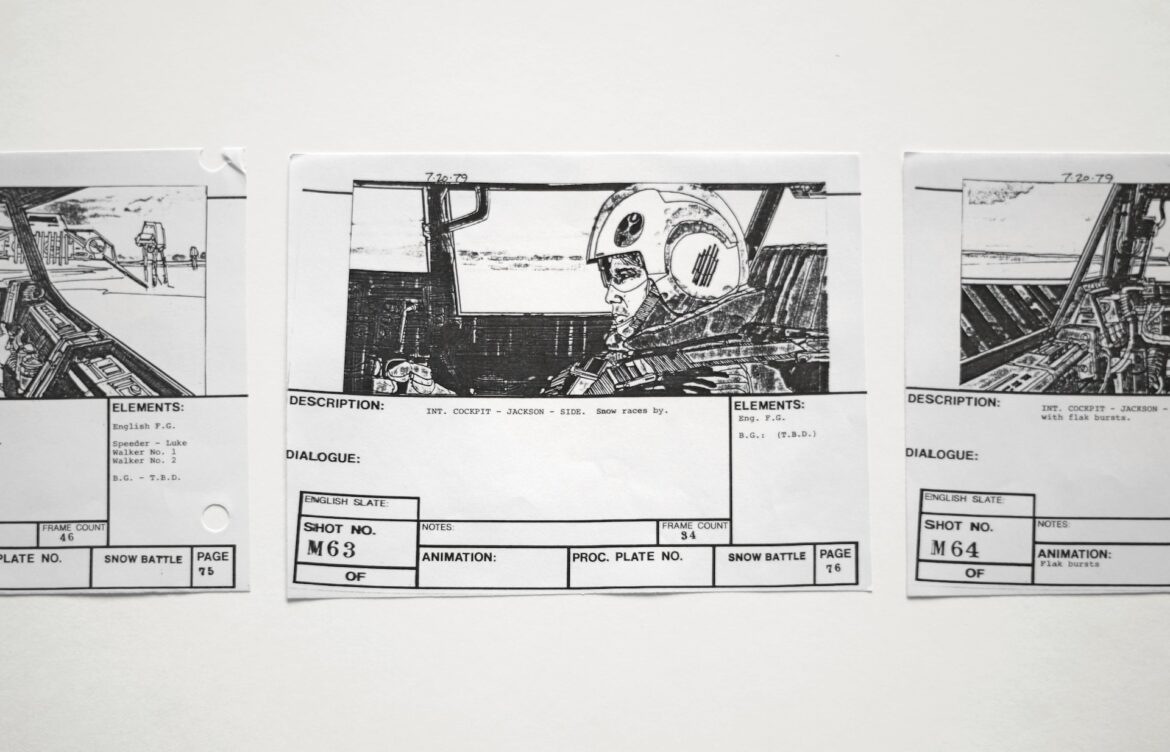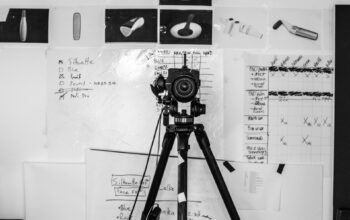
Video production is an intricate process that requires meticulous planning and execution. One of the most crucial tools in a video producer’s arsenal is the storyboard. If you don’t know where to start, we’ll explore how to create effective storyboards for your video projects.
Why Storyboarding Matters
Storyboarding is the initial step in video production that provides a visual roadmap for your project. Its significance lies in its ability to pre-visualize the video, facilitate effective communication, save time and costs, and minimize creative blocks. Video production thrives on well-executed storyboards, making it an indispensable part of the process.
Getting Started
To create an effective storyboard, you need to gather essential materials, including your script or screenplay, visual references, and a suitable storyboard template or software. Understanding the project’s scope and objectives is essential, as it lays the foundation for your storyboard. Identifying key scenes and shots ensures you focus on the most critical elements of your video production.
Storyboard Elements
Your storyboard should consist of thumbnails that sketch out basic shots, keeping them simple yet informative. Detailed descriptions and shot notes, including camera angles and movement, enhance clarity. Don’t forget to incorporate dialogue and audio cues, ensuring proper timing and synchronization with your video production.
Layout and Composition
Storyboard layout and composition play a vital role in conveying your vision effectively. Pay attention to framing and aspect ratios, adhere to the rule of thirds, and strike a balance between visuals and text. Maintaining storyboard flow and continuity ensures that your video production stays on track.
Tools and Techniques
When it comes to storyboarding, you have the option to go traditional or digital. Each approach has its pros and cons, but using storyboard software can offer several benefits, such as ease of editing and collaboration. Collaborative storyboarding tools enable teams to work seamlessly on a project, enhancing efficiency and creativity in video production.
Adding Visual Elements
Incorporating visual elements is where your storyboard truly comes to life. Sketch characters and props with attention to detail, considering the mood and atmosphere of each scene. Think about color schemes and lighting to convey the desired emotions and ambiance in your video production.
Iteration and Feedback
Storyboarding is an iterative process. Review and revise your storyboard, seeking input from team members and stakeholders. Embracing feedback and making necessary adjustments can significantly improve the quality of your video production.
Finalizing the Storyboard
Once your storyboard is polished and refined, it’s time to prepare for production. Create a shot list, estimate your budget and resource requirements, and ensure everything is in place for a smooth video production process. You can export or print the final storyboard for distribution to the production team, ensuring everyone is on the same page.
Conclusion
Storyboarding is the cornerstone of effective video production. By following a structured storyboard creation process, you can harness its power to streamline your projects, save time and resources, and ensure a more seamless and successful video production journey. Embrace the art of storytelling through storyboards, and watch your video projects come to life with precision and creativity.


